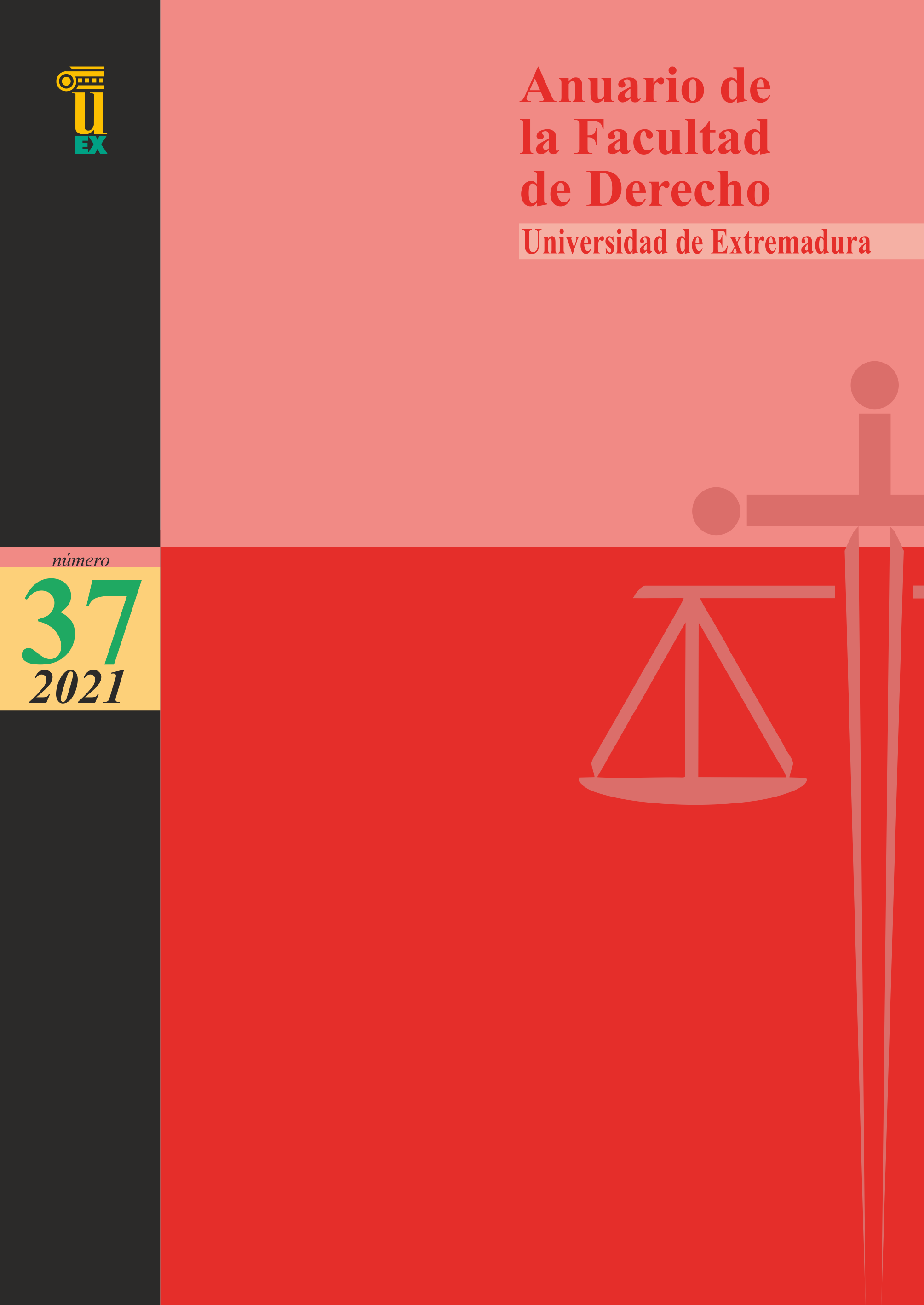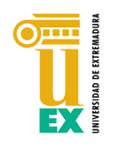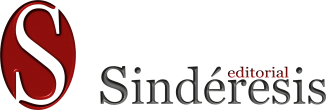The eventual autologous use of umbilical cord blood and tissue. The intervention of the Public Administrations during childbirth to allow its conservation in private Banks
DOI:
https://doi.org/10.17398/2695-7728.37.855Keywords:
Public Health, umbilical cord, autologous transplant, administrative power, parental rightsAbstract
The question arises regarding the Public Health Services, if they should collaborate, at the time of the child's birth, with private companies so that the conservation of the umbilical cord blood is feasible, even if the custody centers are located located abroad. The ownership of the blood and tissues of the umbilical cord, the duties of the parents and also of the Administration in these circumstances are reasoned.
Downloads
Download data is not yet available.
Downloads
Published
2022-01-10
Issue
Section
Legislation
License
Since November 2024 this journal is licensed under CC-BY-NC 4.0
How to Cite
The eventual autologous use of umbilical cord blood and tissue. The intervention of the Public Administrations during childbirth to allow its conservation in private Banks. (2022). Anuario De La Facultad De Derecho. Universidad De Extremadura, 37, 855-881. https://doi.org/10.17398/2695-7728.37.855








.png)




